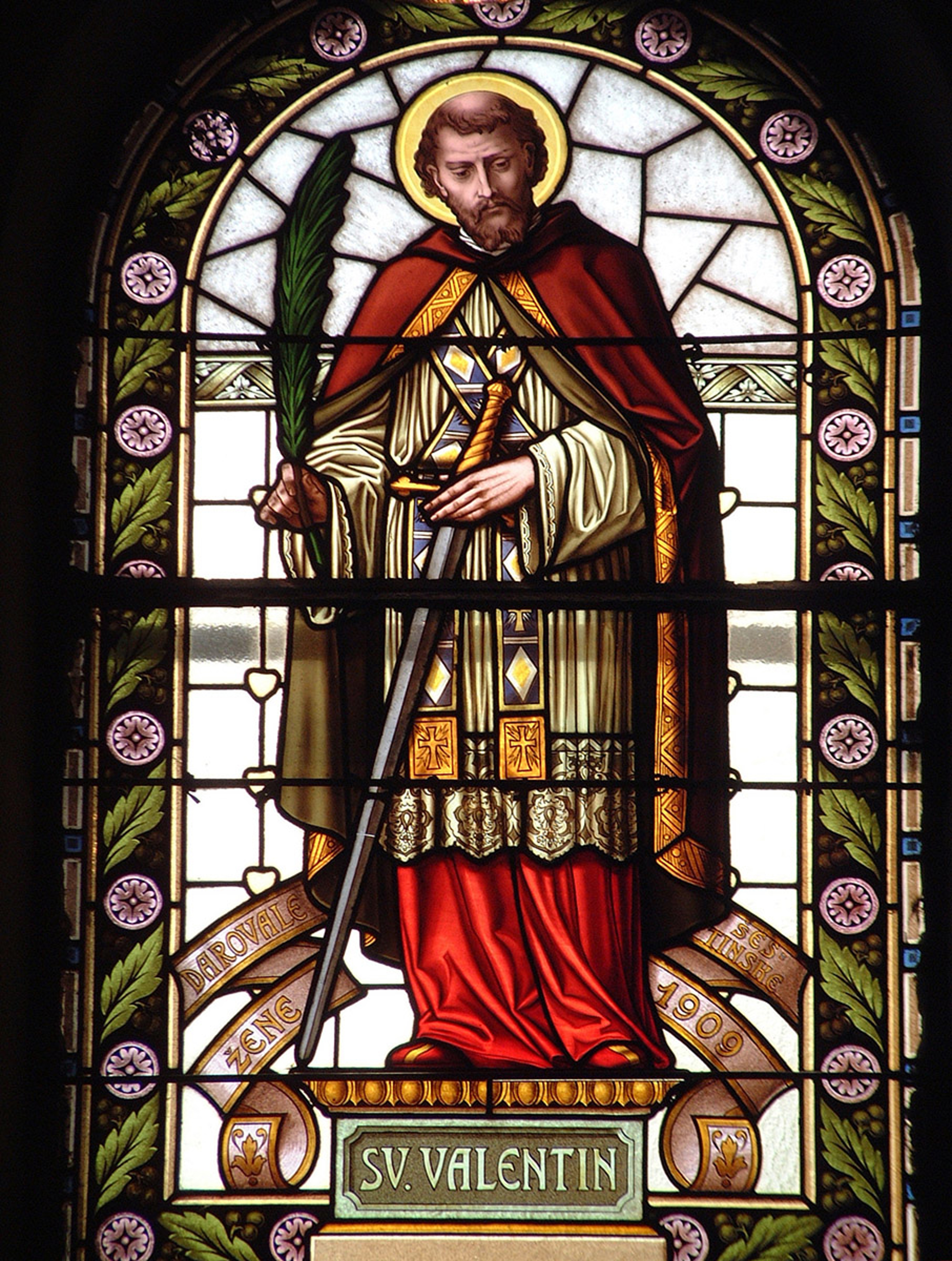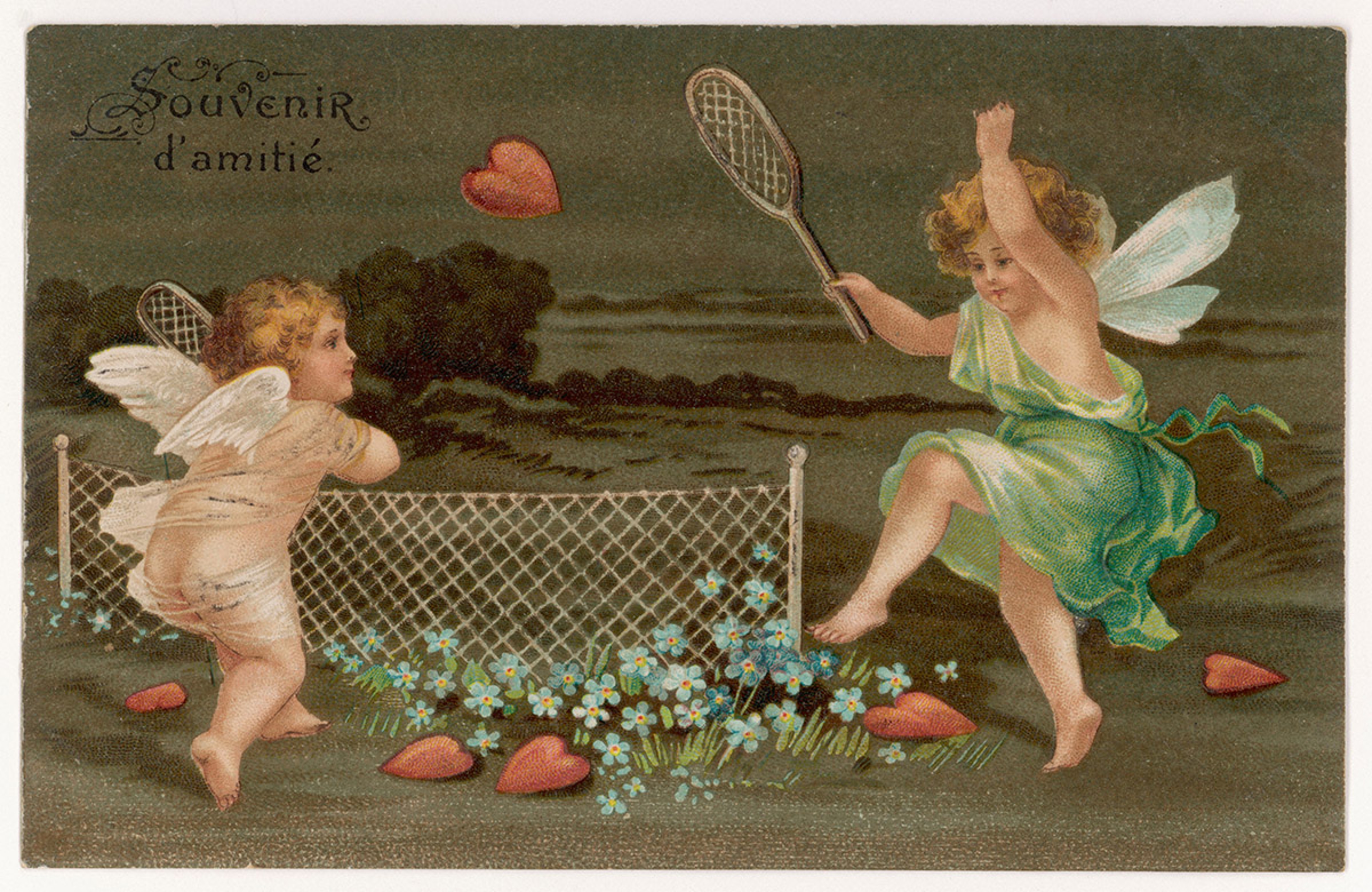The History of Valentine’s Day
The day that's all about love actually has a rather dark past.
Dec 03, 2025
We all know that Valentine's Day is about love and relationships, red hearts, and flowers. But how did it become the giant celebration that it is today? The answer lies in a unique journey, from a third-century Christian martyr to modern-day technology.
The history of Valentine's Day is long and rich, filled with mystery and lore. Though some of today's recognizable traditions can be traced back to the Middle Ages, Valentine's Day got its big boost in the last 200 years, thanks to postal and printing improvements, mechanical innovations, and sophisticated marketing.
Let's explore the origins of this beloved day of romance and affection.
St. Valentine and love, from ancient times to today

There are two primary theories about the identity of St. Valentine. One is that in the third century A.D. a young priest named Valentine was imprisoned for aiding persecuted Christians and refusing to deny his faith to the Roman emperor Claudius. He also helped young men secretly marry their sweethearts, therefore avoiding conscription into the pagan army. For these crimes, Valentine was killed on Feb. 14 in 269 A.D.
The second theory points to Valentine, bishop of Terni, who was martyred at around the same time for attempting to convert Romans to Christianity when it was still considered a cult faith.
Just over 200 years later, in 496 A.D., Pope Gelasius I acknowledged the martyr (whichever one he was) and named Feb. 14 as a feast day. Saint Valentine became the patron saint of engaged couples, happy marriages, and, oddly enough, beekeeping, among other things.
The legend of St. Valentine and his romantic mission thrived throughout the Middle Ages. February continued to be associated with romance and fertility, although theories on why differ. Some claim that the church overlaid Valentine's Day onto the pagan feast of Lupercalia to discourage the ancient rite of sacrifice. Others point to none other than Geoffrey Chaucer, who set the mood for love in 1375 when he penned "The Parlement of Foules." This poem made mention of St. Valentine's Day and mating birds, connecting the notion of courtly love with the February feast day for the first time.
Sending love: The power of the post
Likely the biggest accelerator to the adoption of Valentine's Day, at least for the inhabitants of England, was the postal reform of 1840. Before that, sending a letter was costly and arbitrary, and only the affluent could afford any regular correspondence. Thanks largely to the efforts of reformer Rowland Hill, Queen Victoria approved a measure to adopt an adhesive stamp that cost one penny, good for any letter or card sent for any distance within the UK.
Sending Valentine's cards began in England, but the practice soon spread to the United States, Australia, and beyond. Around 1848, Esther Howland of Worcester, Massachusetts, began a homebased business making elaborate Valentine's Day cards, hiring local women and selling them through her family's stationery shop. By 1881, when it was purchased by a competitor, the New England Valentine Company had its own factory and sold many thousands of cards until its closure in 1942 due to war shortages.

Today, more than 145 million cards are exchanged in person and through the mail on Valentine's Day. And who knows how many e-cards make their way across the interwebs this time of year?!
World's oldest written valentines
Early messages of love relied on poetry and romantic verses more than fancy decorative embellishments. The oldest surviving Valentine's letter was penned by Charles Duke of Orléans supposedly to his wife, Bonne of Armagnac, in 1415 while he was imprisoned in England. The letter was never sent and, in fact, is considered by some to be an impersonal tribute to courtly love. Because of that, the oldest surviving Valentine's letter award might go to Margery Brews, a noblewoman who wrote to her betrothed in 1477.
The world's oldest Valentine's card, believed to be sent in 1797, sold at auction in 2019 for £7,000, or about $8,500 U.S. dollars. Jakki Brown, editor and co-owner of a greeting card trade magazine in London, bought the card and vowed never to sell it.
The message on the front reads: "Farewell you sweet and turtle dove. On you alone, I fixed my love. And if you never can be mine, I never can no comfort find!"
Flowers and candy
The act of giving Valentine's flowers began around the turn of the 18th century. The custom is often attributed to King Charles XII of Sweden, who learned of the language of flowers while on a trip to Persia and brought it back with him to share with his subjects. The most popular type of flower for this occasion is the rose. Considered the favorite of the love goddess Venus, the rose, and, in particular, the red rose, conveyed passion.
Today, the selection expands to other flowers and colors depending on the relationship of giver and recipient. A bouquet of mixed flowers, such as roses and carnations, is a good way to express your admiration in a more restrained way. You can also choose other flowers in white or yellow; the former represents purity and simplicity, the latter friendship.

About a century after flowers became a customary gift, another development would change the face of Valentine's Day forever. The Spaniards introduced chocolate to Europe in the 1500s, but it wasn't until the late 1700s, and the invention of the steam engine, that mass production of the luscious treat became possible.
Today, Americans alone purchase about 58 million pounds of chocolate for Valentine's Day. The myth of chocolate being an aphrodisiac is well known; however, it may actually act as an acceptable substitute for love, according to one study.
School exchanges
Growing up in 20th century America, the average kid was well acquainted with Valentine's Day through the ritual of classroom card exchanges. The beloved practice of purchasing a box of Valentine's Day cards and giving one to each classmate (and sometimes the teacher), often with those pastel-colored conversation hearts, has murky origins but grew in earnest in the 1930s and '40s.
Thanks to affordable little cards that were printed on perforated stock, the tradition of making little mailboxes and slipping a valentine in the slot grew more popular with each succeeding generation. In recent years, cards have come to depict popular licensed characters, movies, and toys.
Some schools have begun to celebrate Valentine's Day in ways that are more inclusive and less about spending money. Activities such as writing letters of appreciation to family members, raising money for charity, and creating handmade art in conjunction with the popular 100 Days school event (like making a collage of 100 things they love) are beginning to take root.









